Amarone wines
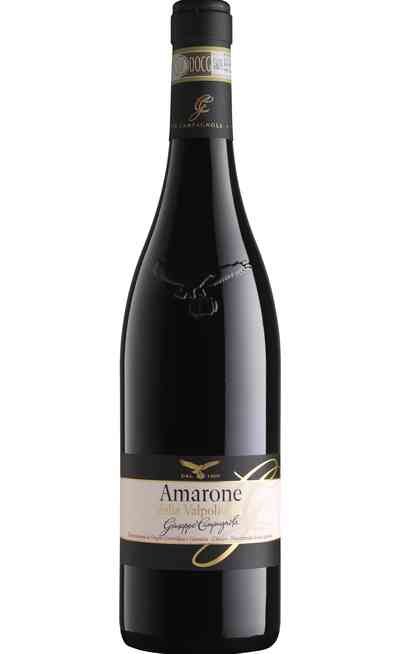
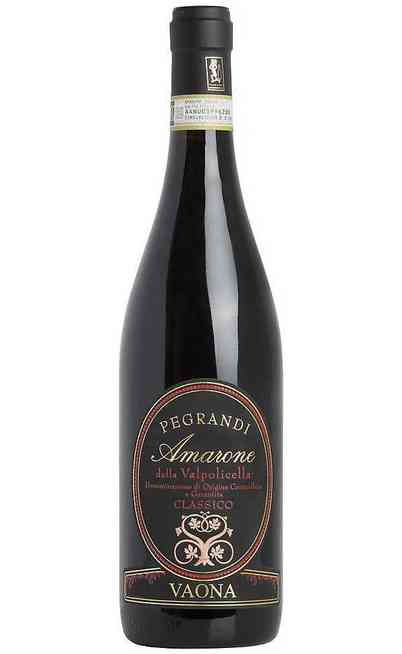
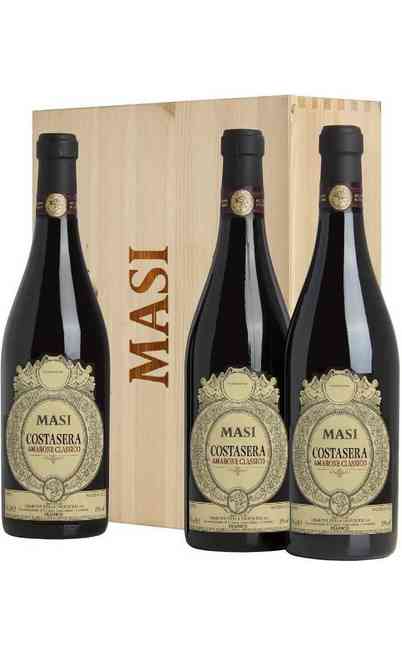
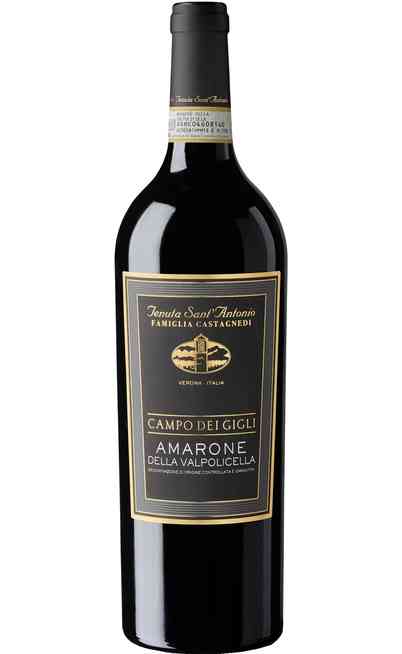

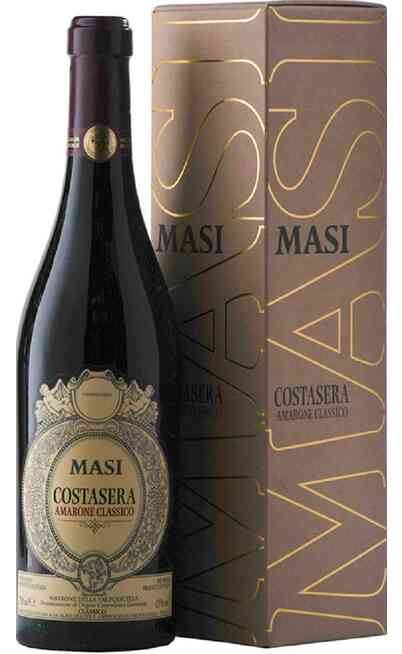
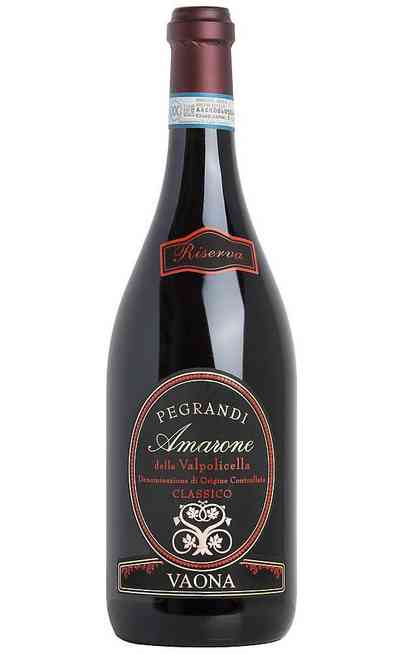
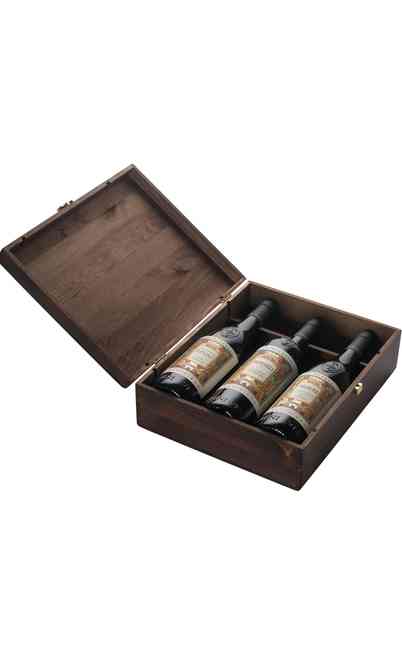
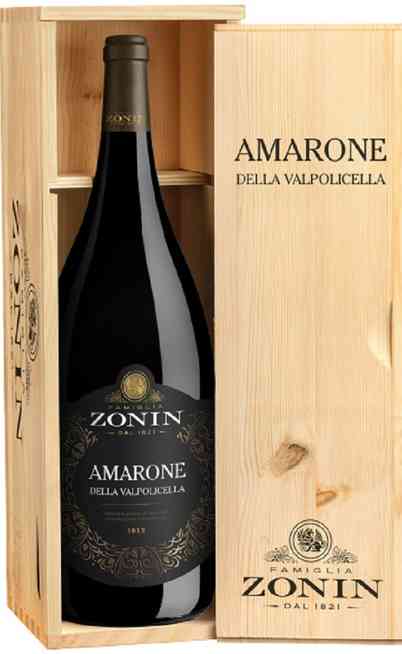
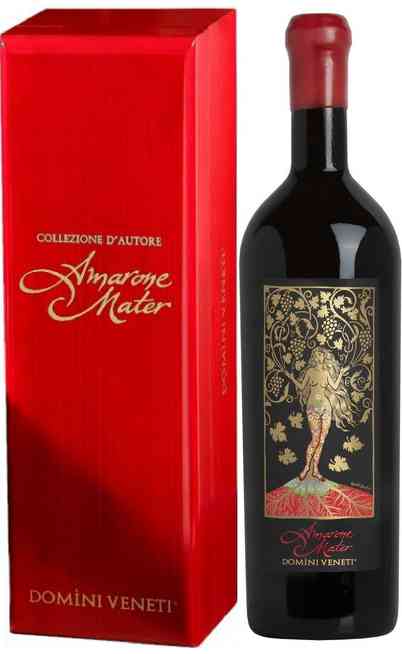
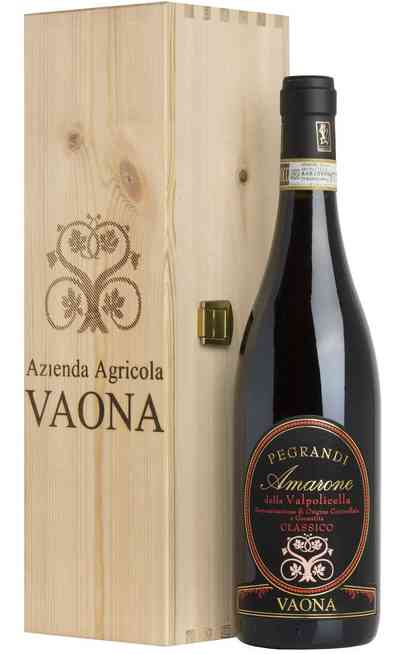
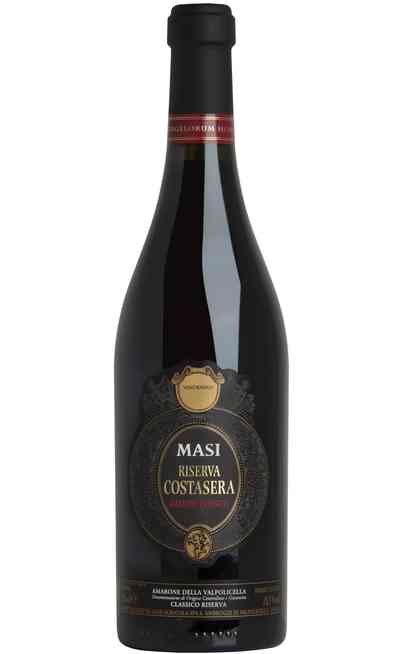
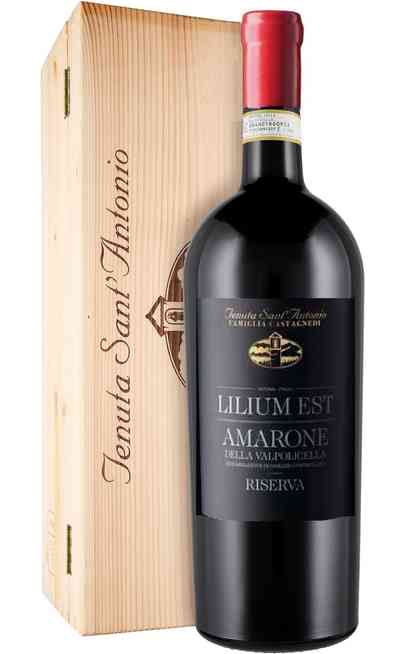

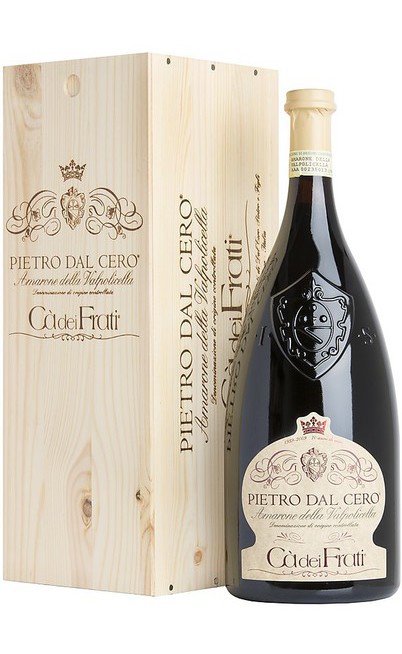
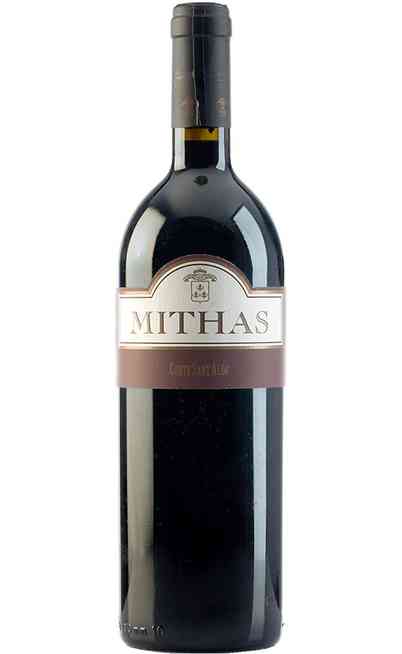
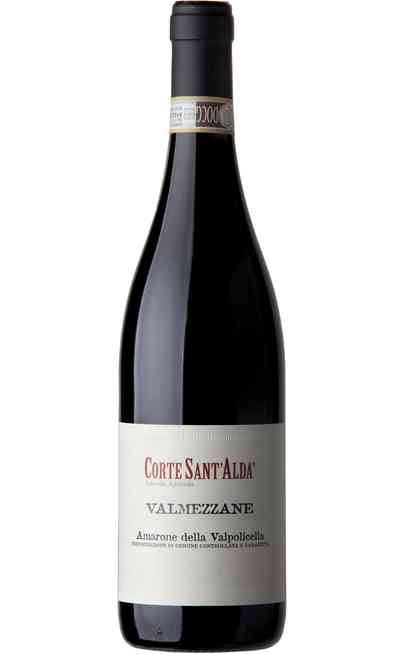
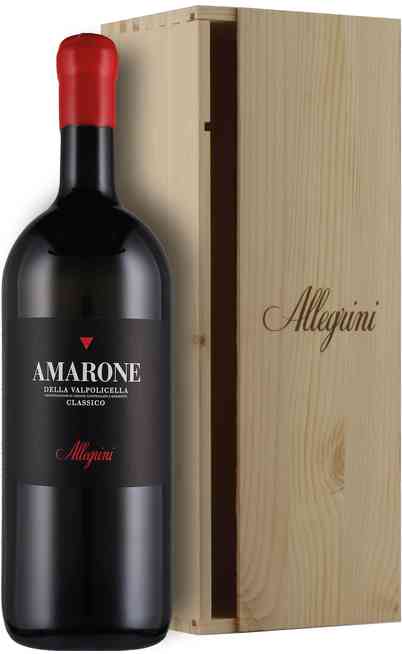
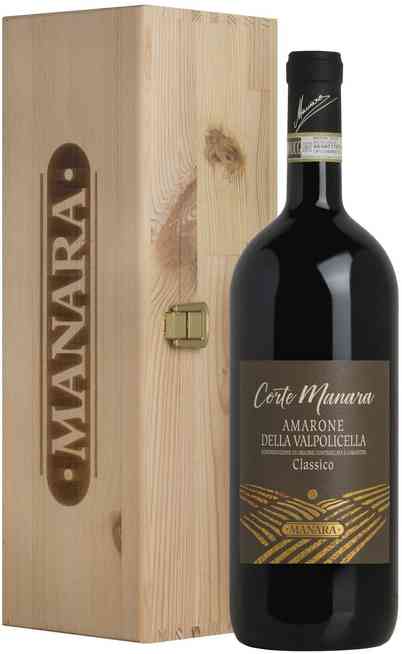
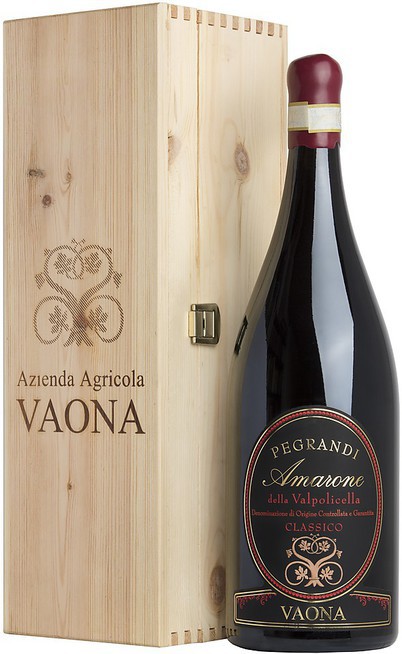
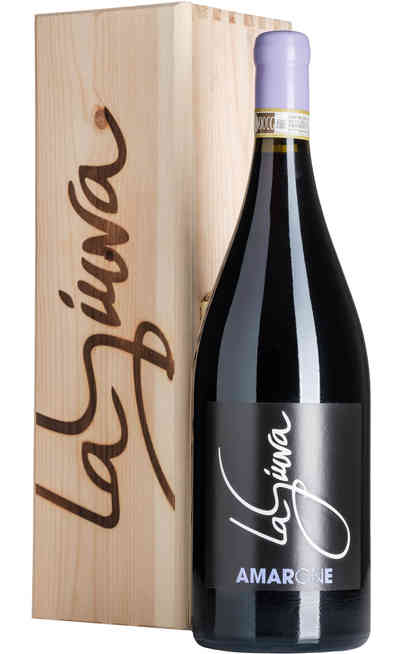
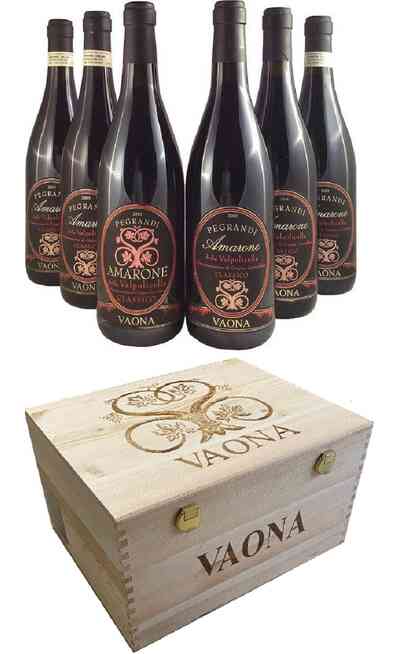





























Amarone della Valpolicella is a red wine from Veneto. Very valuable, can boast of the DOC certification and also has a strong historical value, even in its modernity, as it was produced locally, starting from the typical productions in 1950. Amarone was born from a mistake in the mixing of grapes destined for the production of Recioto della Valpolicella, another great Veneto wine, and Valpolicella. Amarone is produced in small quantities mainly because it comes from guaranteed artisanal productions, the method of preparation has remained altered over time and also provides for a careful selection of bunches. However the enrichment and the value of the wine are determined in the phases of aging that take place in special wooden barrels able to give the wine Amarone della Valpolicella DOC the characteristics and organoleptic properties of which it is able to express, internationally recognised. The first bottles date back to 1952 when it was bottled, labelled and marketed for the first time, then it obtained the DOC certification indicating the Denomination of Controlled Origin, and that has allowed the Amarone della Valpolicella DOC to be strongly appreciated also abroad. Currently, For this fantastic and valuable wine has also been applied for the recognition of the DOCG certification that allows to guarantee the origin.
:Organoleptic characteristics Amarone della Valpolicella
Its organoleptic characteristics are unique, rich in glycerin and alcohol, very structured and with a powerful sapidity. Although it is very elegant and refined, of structure and important, it is often said that it has no equal in the world. The Amarone della Valpolicella is kept for more than twenty years and to be reserved, on the advice of renowned Italian sommeliers, to important occasions those that mark the path of a person’s life.
The harvesting of the grapes necessary for the production of Amarone di Valpolicella DOC is carried out exclusively by hand. The selection of bunches begins in the second week of September and lasts until the end of October. The red wine of Veneto, prince of Italian red wines, Amarone della Valpolicella DOC and a Passito wine, the peculiarity lies in the passitura phase, during which, the grapes that make up the Valpolicella classico, such as Corvina, Rondinella and Molinara, which are autochthonous of the valley to the North-West of Verona are made to rest on bamboo mats during all the winter months, concentrating inside them all the deepest and fullest aromas. This entails an over-ripening of the grapes which must then be pressed for the production of the must but entails a condition which is not linked to the climatic conditions of the geographical area in which this operation takes place and to the characteristics of the grapes used which must be with thick and resistant skin, in order to retain all the qualities of the pulp. Then the pressing takes place, which due to the hardness of the berries, must be slow and constant. The must, once brought back in wooden barrels for aging and aging, mainly because of the high percentage of glycerin (oils and fats) present in the grapes and wine Amarone della Valpolicella DOC, many phases of skimming are necessary, however they do not alter the percentage of their presence in the wine as it also allows its long storage. The destemming allows the berries separated from the stalk to enter into fermentation in early January, almost intact; the slow work of fermentation and carbon dioxide slowly opens the berries until the slow release of the pulp. The fermentation process is very slow and lasts about 40 days. This procedure allows the maximum extraction of coloring substances, tannins and aromatic components. Fermentation for Amarone di Valpolicella DOC requires, in contrast to Recioto, that all the sugar is transformed into alcohol giving rise to a strongly structured, decisive and alcoholic wine.
Grapes used for the production of Amarone della Valpolicella
The grapes used for the production of Amarone as well as allowed by the production disciplinary, in addition to the classic Corvina, Rondinella and Molinara are also Oseleta and Negrara.
The grape Oseletais spread right in the territory of Valpolicella and the Lessini mountains, the ancient writings indicate that this vine, comes from the domestication of wild grapes, recovered from an almost sure progressive abandonment determined by the strong commercial prevalence of Valpolicella DOC wine and that only in the 70s was rediscovered. Curiously the name “Oseleta” (Uccelletti) recalls the particular interest that the small birds nourish towards its sweet berries. The color of the berry and deep black, the leaf of the vine and small pentagonal and pentalobate. On the contrary, the cluster is small, cylindrical and in certain cases particularly prosperous pyramidal, very compact and rarely equipped with a wing. The berry is of medium size and oval, while the skin is very thick and particularly suitable for passitura. The resulting wine is very fruity and spicy on the nose, with a good tannic and full-bodied, well structured. It is usually used together with other blends because it brings body, structure and color to the mixture.
With the name Negrara we identify a group of vines called “Negrare” different from each other and grown in a wide area that interests, the Trentino Alto Adige, Veneto and the lower part of Lombardy, up to the hills of Mantua and the Brescia side of Lake Garda. The vines cultivated around Verona, especially in the valley floor of Valpolicella are often used in the blends necessary for the production of local wines. Negrara wine is always vinified together with other grapes because vinified alone determines a ruby red wine with violet reflections, very vinous and sugary, where there are strong hints of spices and green pepper; very dry and slightly tannic.
Upon visual examination, Amarone della Valpolicella DOC has an intense Ruby Red color with frequent dark garnet reflections, which depending on the aging turn towards a more opaque and brick red color range.
Olfactory Analysis Amarone Doc
The aroma is complex and recalls that of cherries in spirit, dried prunes of spices and tobacco. The perfume is persistent and ample, bringing the thought to the dried walnut and red fruit jam with all its sweetness.
On the palate Amarone della Valpolicella
The flavor is warm, full and vigorous, powerful, long and tireless, superb full-bodied, dry velvety but always harmonious and round, good compromise between alcohol, structure and scent.
How to best serve This red wine from Veneto
The recommended service temperature for Amarone della Valpolicella is between the 18° and the 20 deg; Degrees centigrade, to be poured in large round and open glass so as to flow all its properties.
It goes well with savoury roasts, stewed game hunting, noble game both fur and feather, as well as cheeses of great pasty and seasoning. Perfect with fall and winter foods like braised, stracotti, stews, as well as traditional local dishes such as "pasta e fasoi" and the same Amarone risotto. Even drunk alone is a worthy ending to an evening meal or can be the companion of a pleasant meditation.
Look for it in the wide selection of wines of Valpolicella that you can find on our wine shop, we have a wide selection of wines online Veneto including different types of Amarone of the best vintages.